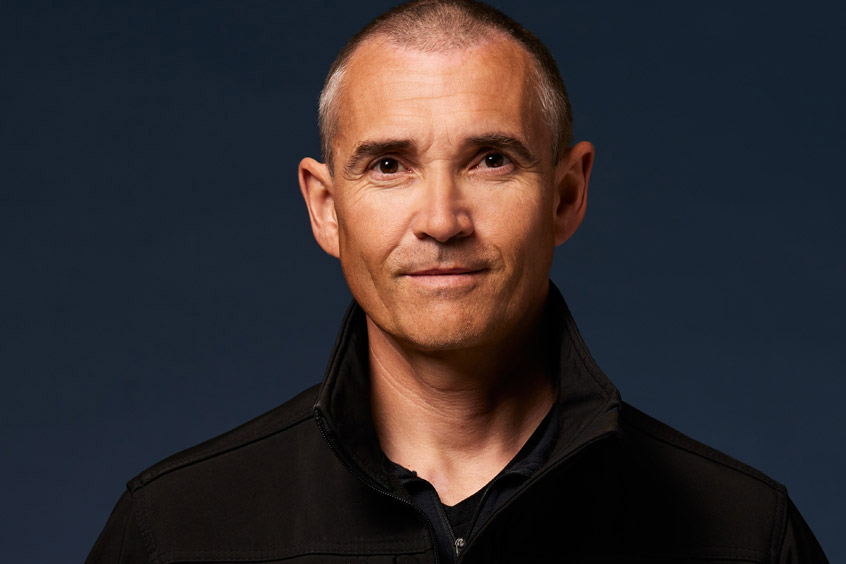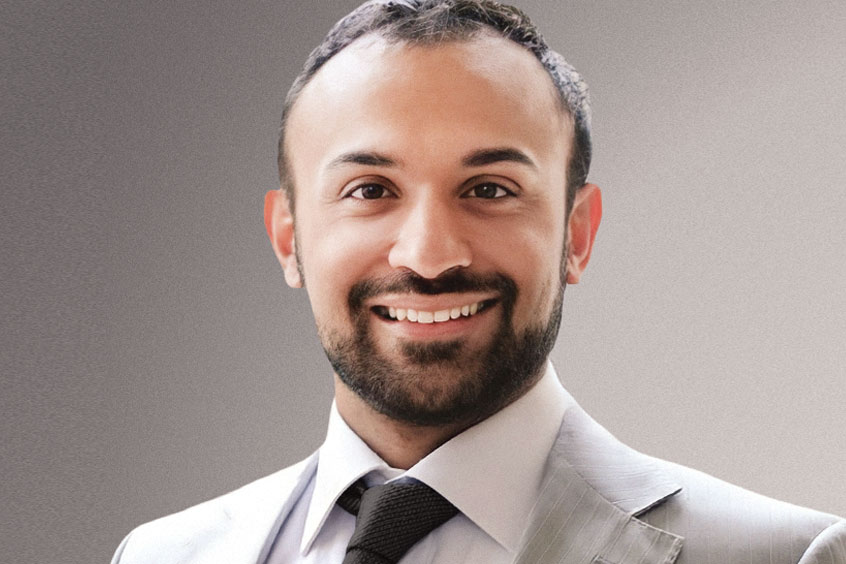ACE 2026 - The home of global charter.
 The bimonthly news publication for aviation professionals.
The bimonthly news publication for aviation professionals.




ZeroAvia has received its second twin engine 19 seat Dornier 228 aircraft at its headquarters in Hollister, California. The new US initiative will take the system developed in the UK HyFlyer II project and integrate it into the same type of aircraft. It will serve as the basis for testing new components and integrations as well as a testbed for working with the FAA ahead of the ZA600 engine's planned certification in 2024.
"This new project in California will allow us to use architectures from our Hyflyer II initiative, where we are working with the same aircraft, and apply those lessons as we further test and demonstrate the system across a number of different use cases," says CEO and founder Val Miftakhov. "Ultimately, this will help us optimise our zero-emission powertrain design ahead of certification. This year we will have two demonstration aircraft flying on two continents powered by our hydrogen-electric powertrains which will further help us secure partner and customer commitments across the worldwide aviation industry."
ZeroAvia will work towards a hybrid engine configuration that incorporates both the company's hydrogen-electric powertrain and a conventional engine into the aircraft. The conversion is expected to take approximately three to four months to prepare the aircraft for test flights. After the engine is configured, it will enter into the flight testing and demonstration programme, spanning passenger, cargo and industrial use cases with a number of still-to-be-announced partners.
In addition to the launch of this programme, ZeroAvia will be expanding its facility at Hollister to ensure adequate staff and resources to enable it to reach its planned milestones. The company has added a new 15,000 sq ft hangar to its footprint at the airfield, enabling space for conducting engineering work on the aircraft and its HyperTruck test bed platform, as well as ample office space to support its growing operations.
“There is huge potential for Hollister Municipal airport to become a hydrogen hub," says Renee Wells, executive director of the Economic Development Corporation of San Benito County (EDC). "There will be significant demand, and since California leads the world in adopting zero-emission vehicles, zero-emission flight infrastructure is the next natural frontier. ZeroAvia's technology is an economically viable solution and the EDC is thrilled to support it as it becomes the first TTF business development at the airport, bringing over 50 new jobs by year end, and putting Hollister on the map for innovative technology.”
Last autumn, ZeroAvia conducted the first programme ground test of its HyFlyer II programme and successfully tested the flight-intent 600kW powertrain with its 15 ton HyperTruck mobile ground testing platform. The HyperTruck, based on heavy-duty military trucks, is sized to also support testing the company's larger planned powertrain, the ZA-2000, with shaft power over 1.8 megawatts, that can be used to test systems for 40-80 seat aircraft.
The HyFlyer II Project is co-funded by a $16.3 million grant through the UK Government's ATI programme. Progressing the demonstrations of the two Dornier aircraft is an important next step for ZeroAvia's sequential R&D pathway to realising the transformational possibilities of moving from fossil fuels to zero-emission hydrogen as the primary energy source for commercial aviation.
In the last quarter of 2021, ZeroAvia secured partnerships and funding with major airlines Alaska Air Group and United Airlines to accelerate the development of its ZA2000 engine, the largest of ZeroAvia's powertrain platforms, capable of producing between 2,000 kW and 5,000 kW. The company is also to collaborate with ZEV Station to develop hydrogen refuelling infrastructure at airports in California. ZeroAvia has also just been named as a Bloomberg NEF Pioneer for its efforts to decarbonise aviation.